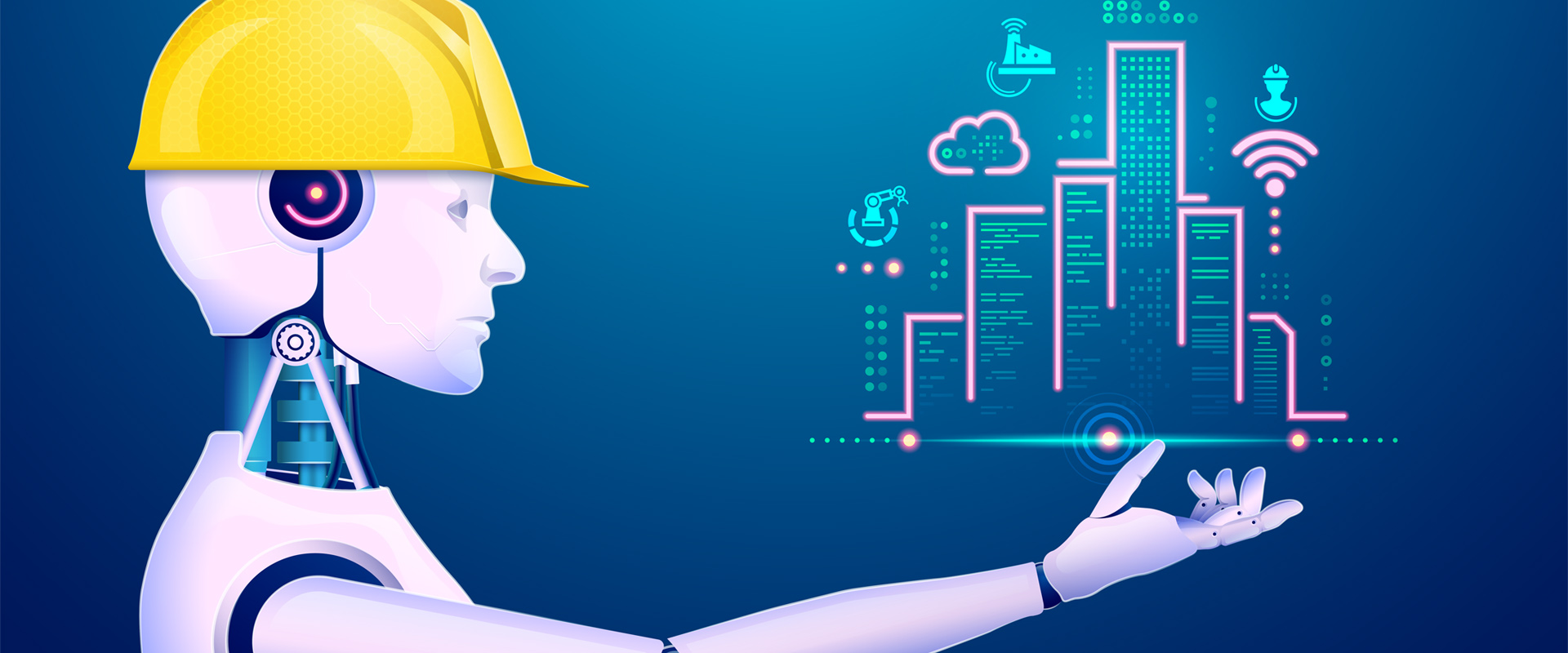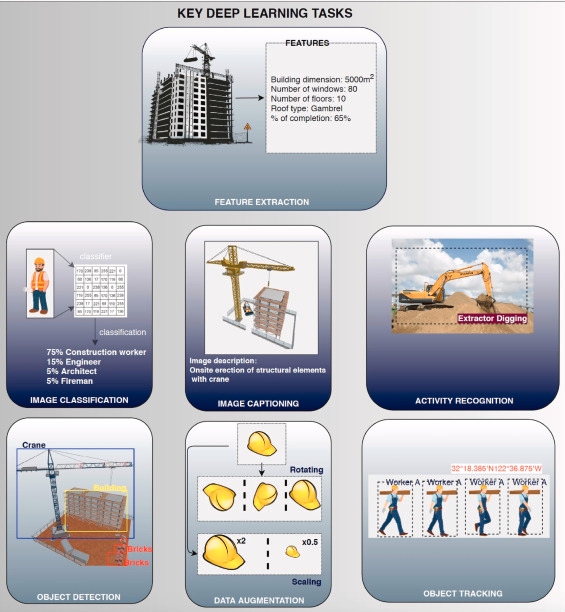TECHNOLOGY
Deep Learning is Transforming the Construction Industry

Deep learning provides real time insights on the quality, safety, profitability, and schedule of construction projects.
If deployed correctly, deep learning has the potential to reduce project costs, increase safety, improve efficiency, and free-up workers to focus on less repetitive and backbreaking activities.
Deep learning is a subset of machine learning that is inspired by the structure and function of the human brain. It is a powerful tool that can be applied to a wide range of applications, including construction.
Facial recognition, onsite cameras, and similar technologies can help construction companies assess workers’ productivity and conformance to procedures. Deep learning can compute risk ratings for construction projects so safety briefings can be held when an elevated threat is detected.

Source: Journal of Building Engineering
With the help of deep learning algorithms, construction companies can operate excavators without the guidance of a human pilot.
Here are 3 ways deep learning is revolutionizing the construction industry.
1. Improving Image Recognition in Construction
One of the most common applications of deep learning in construction is image recognition. This technology can be used to analyze images of buildings and structures, to identify defects or potential issues. For example, a neural network can be trained to recognize cracks in concrete, or to identify areas of a building that may be at risk of collapse.
A construction company can use deep learning to analyze images of a building under construction. By training a neural network to recognize patterns in the images, the company can identify areas where the construction is not up to code, or where there may be safety concerns.
2. Enhancing Predictive Maintenance in Construction
Another important application of deep learning in construction is predictive maintenance. This technology can be used to analyze data from construction equipment and predict when maintenance or repairs will be needed. For example, a neural network can be trained to recognize patterns in data from a crane, and to predict when the crane will need to be serviced.
A construction company can use deep learning to analyze data from their fleet of heavy equipment. By training a neural network to recognize patterns in the data, the company can predict when maintenance will be needed, and schedule repairs accordingly. This can help to reduce downtime and improve efficiency on construction sites.
3. Improving Quality Control in Construction
Deep learning can also be used to improve quality control in construction. This technology can be used to analyze data from construction projects and identify areas where quality is lacking. For example, a neural network can be trained to recognize patterns in data from a construction project and identify areas where the work is not up to code or where there may be safety concerns.
A construction company can use deep learning to analyze data from a construction project. By training a neural network to recognize patterns in the data, the company can identify areas where the work is not up to code, or where there may be safety concerns. This can help the company to improve the quality of their work, and to ensure that all construction projects are completed to the highest standards.
What’s Next For Deep Learning in Construction?
Deep learning is a powerful tool that can be applied to a wide range of applications in construction. From image recognition and predictive maintenance to quality control, this technology has the potential to improve efficiency, reduce downtime, and ensure that all construction projects are completed to the highest standards. With the increasing amount of data being generated by construction sites, deep learning will play a more important role in the construction industry in the future.


















You must be logged in to post a comment Login